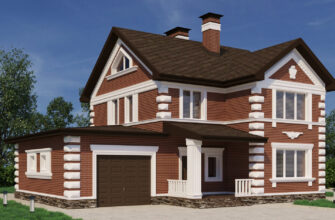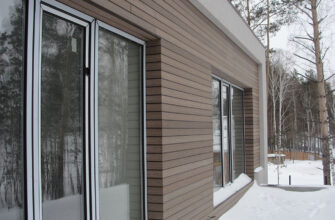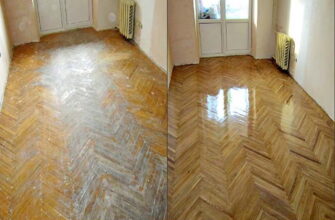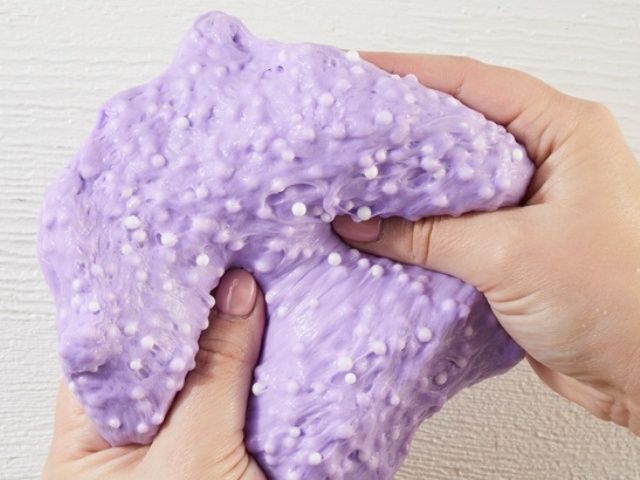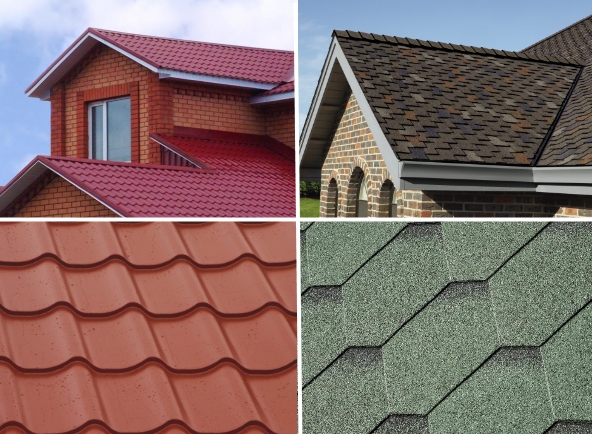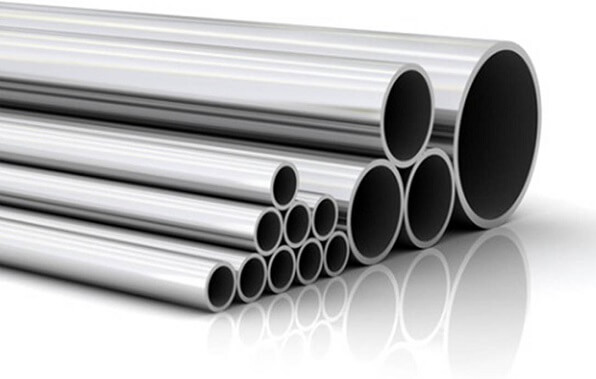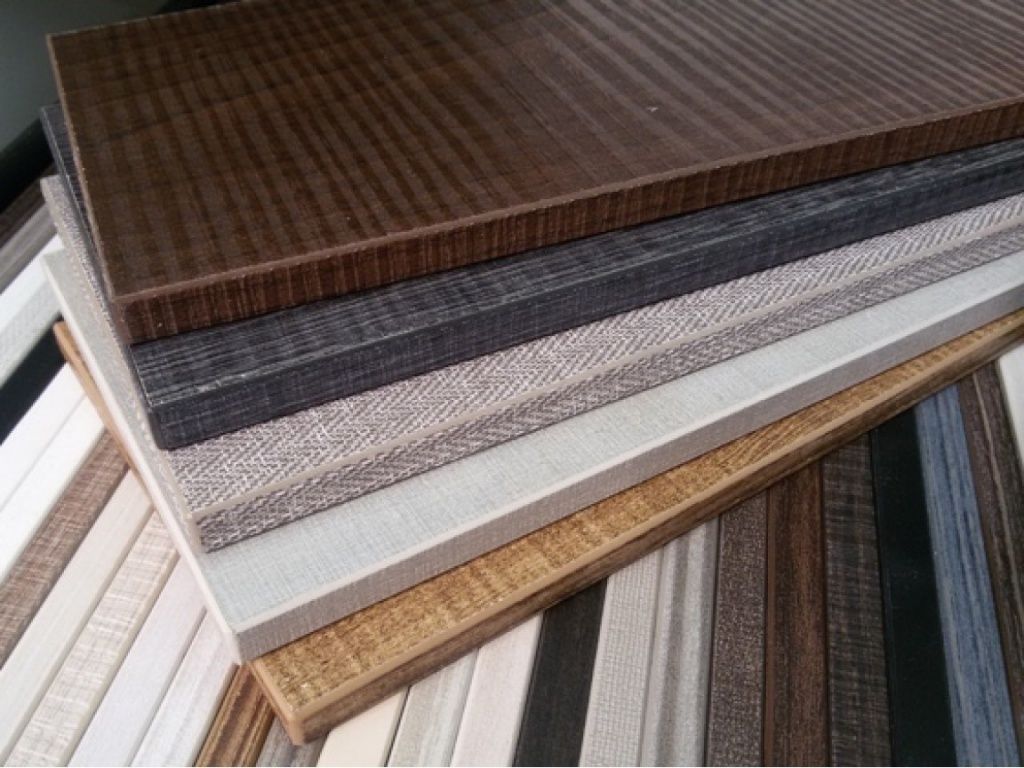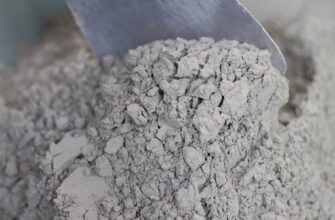Venetian plaster - a decorative plaster with a long history. She appeared in ancient Rome, where he migrated to Europe, then it is forgotten and was, and today again wins well-deserved fame.
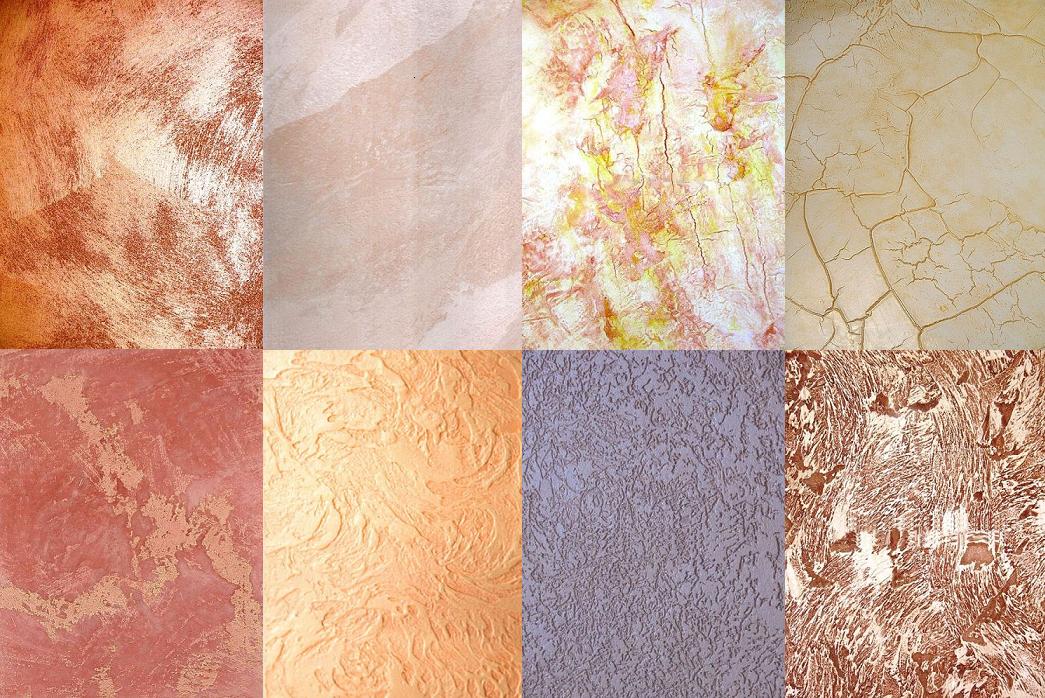
The composition of the Venetian
The composition of Venetian plaster includes the smallest particles of natural stone, which closes the water, and slaked lime is added. The type of stone used may vary.: malachite, granite, marble, quartz, etc.. Stone chips are crushed very finely and begin to look like powder. The resulting surface imitates natural stone. For extra shine and protection from moisture, the surface is treated with wax. Venetian plaster, made by various manufacturers, accordingly has a different composition.
Modern compositions
Modern formulations may contain acrylic binders, etc.. polymers, allowing to apply this material on any surfaces, even on plasterboard. While the traditional Venetian can only be applied to brick and stone surfaces. Acrylic quantity, contained in plaster, regulated by the number of applied layers. To obtain a translucent surface of the stone with a small content of acrylic in the composition, many layers must be applied..
What does a Venetian look like??
The look of this decorative plaster simply cannot be described in words.. Therefore, this material is better to see. And even numerous photographs, videos with video tutorials will not be able to give a complete picture of the true form of the material. The composition of the plaster is divided into two types: the first type contains acrylic (polymeric) additives and the second type does not contain them.
Plaster manufacturers
Venetian plaster has many manufacturers, and each of them puts its own component into the material. There are many plastering compounds on sale., however, they all have the same application principle, which consists of applying several layers, until the intended pattern is obtained. Let's start listing.
- "Palmier" – as a result of applying this plaster, shiny walls are obtained, which imitate marble or malachite.
- "Arteco" – it's the opposite of Palmier, because it creates the effect of ancient walls.
- "Lithos" – plaster without slaked lime.
- "Tadelakt" – it's plaster, similar in appearance to Moroccan.
- "Trevignano" – this material, imitating marble walls, that glow from within.
